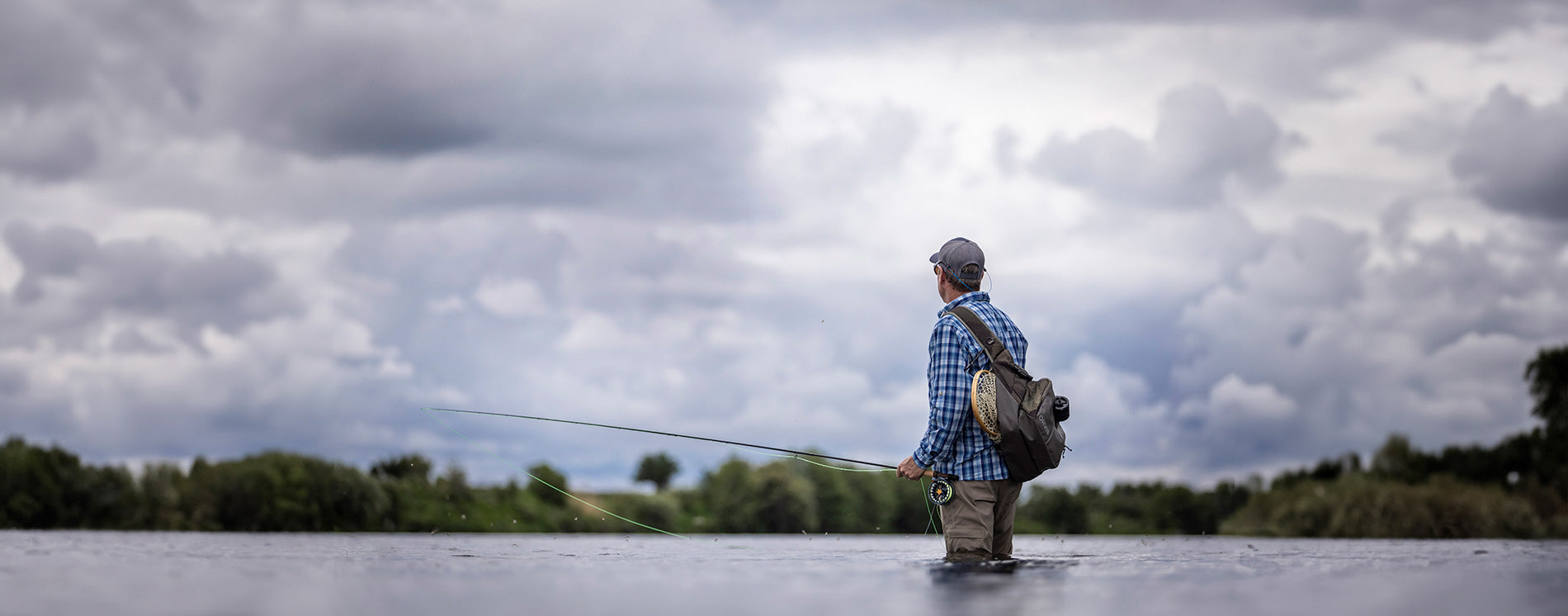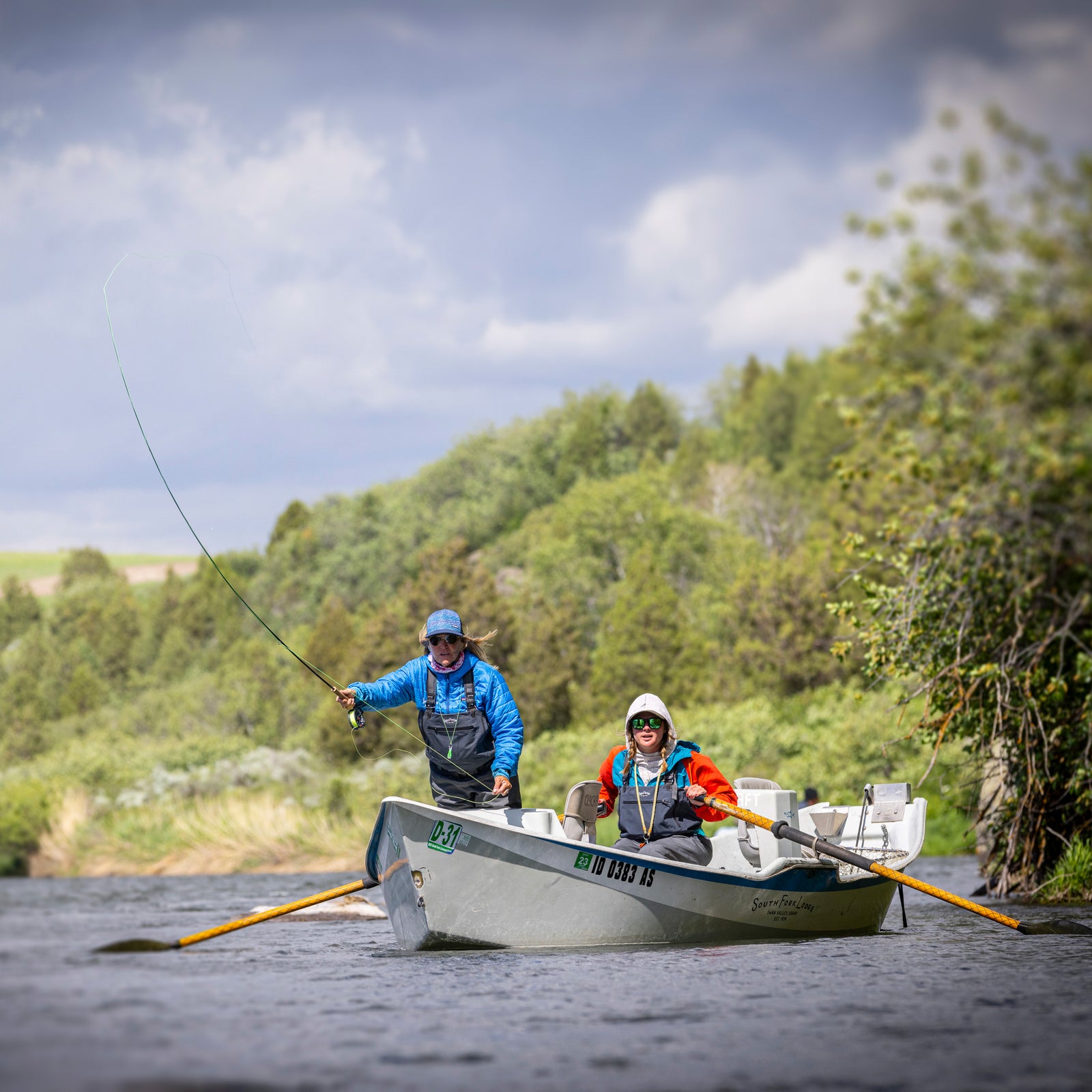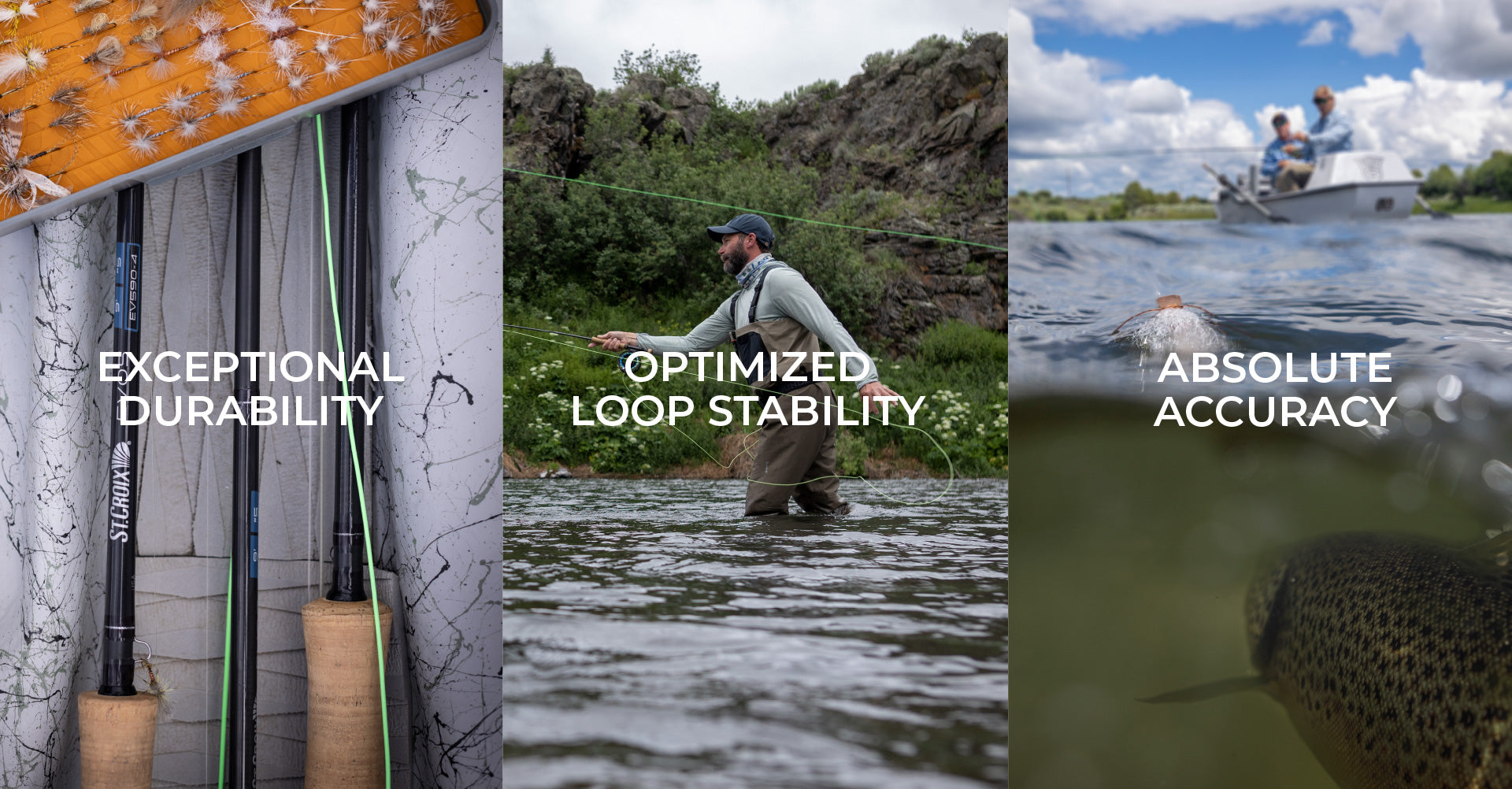
Rod Evolution
Driven by our relentless commitment to provide every angler the upper hand, our rod design process starts with understanding the angling equation we are trying to solve, which translates to a rod’s desired flex, feel, and functionality. We obsess over the minutia of rod action with a conviction to designing the most efficient casting and fishing tapers possible.

While refined flex patterns are the soul of our rods, technology is the engine that provides performance. Our desire to improve the angler experience pushes us to develop next-level blank materials, design lay-ups, and components. These advancements, working in union with carefully conceived actions, ultimately deliver peak performance, effectiveness, and durability.
Finally, thirty-two sets of skilled hands craft every St. Croix rod in the most advanced manufacturing facilities in the fishing world. We fixate on constant process improvement with an ever-present eye on efficiency, sustainability, and company culture. After all, an ethos is only as strong as the people who preach it.


ADVANCED CARBON FIBER
Our R&D engineers have decades of experience designing fly rods with our vast family of carbon fiber materials. In fact, we collaborate closely with our vendors to create proprietary materials designed and manufactured to our exact specifications. That level of control coupled with 75 years of rod-building knowledge allows us to create dynamic fishing tools that utilize a complex blend of carbon fiber in each rod, which allows us to precision craft the perfect flex, feel, and functionality for the tool’s intended purpose. /p>
TECHNOLOGY
Our relentless passion for improving the angler’s experience drives a continuous search for new technologies and manufacturing processes that will improve fly rod performance. Every new advancement – from new prepreg carbon to advanced resin systems – is put through scrupulous tests in our state-of-the-art engineering lab and in the field before it makes the roster.





